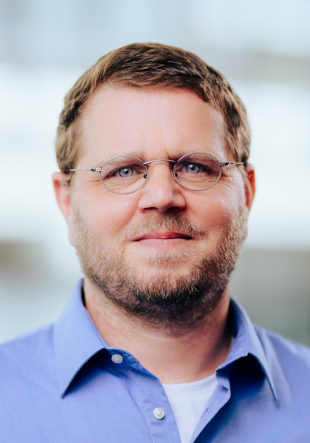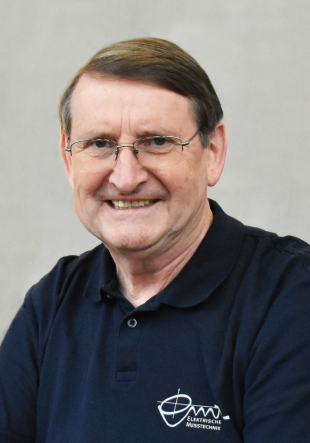FOR 5208: Modelling and simulation of the coupled acoustic, electrical, and thermal dynamics of piezoceramics
Overview
Ultrasonic sensors and actuators are used in a wide range of applications in science and technology. In the design and optimization of these components, computer technology is increasingly used. One of the problems in this procedure is the insufficient knowledge of the acoustic or electromechanical material properties of the piezoelectric materials or the manufactured piezoelectric components. According to the current state of the art, these material properties are determined using several differently processed material samples, with the result that the material parameter set is inconsistent.This applies in particular to the characterization of piezoceramic materials applied in the higher power range, for example in high-power ultrasonic applications where the nonlinear properties of the materials must be taken into account. The dissipative properties of piezoelectric materials due to damping must also be considered.The following are the main objectives for this research project: Measurement methods and measurement systems for the characterization of the thermal and piezoelectric material behaviour of piezoceramic materials are to be developed. Aided by tailored optimization methods, complete and consistent material parameter sets are determined. Measurement methods and measurement systems are developed to enable the determination of the material parameters based on a single piezoceramic sample of a geometry that is typical for high-power applications.To this end, it is necessary to develop suitable material models to describe the nonlinear material behaviour mathematically. In addition, these material models must be suitable to be efficiently implemented in a simulation environment based on the transient discontinuous Galerkin method, which is to be developed within the scope of this project.It should be pointed out that the planed characterization method is based on continuum physical considerations of the behaviour of piezoelectric ceramics. Atomistic, micro-scale effects are considered implicitly via their effective influence on the material behaviour.Since a ban on the use of piezoceramics that contain lead is expected in the future, the provision of a new characterization methodology for piezoceramic materials and the creation of a high-performance simulation environment will support the substitution by lead-free piezoelectric materials, from which small and medium-sized companies in particular will benefit. In addition, it is to be expected that this characterization method will indirectly also have a positive influence on the development of new, highly efficient piezoelectric materials and on the improvement of the manufacturing processes.
DFG Programme Research Units
Key Facts
- Grant Number:
- 444955436
- Project type:
- Research
- Project duration:
- 01/2022 - 12/2026
- Funded by:
- DFG
- Subprojects:
- Websites:
-
Homepage
DFG-Datenbank gepris






